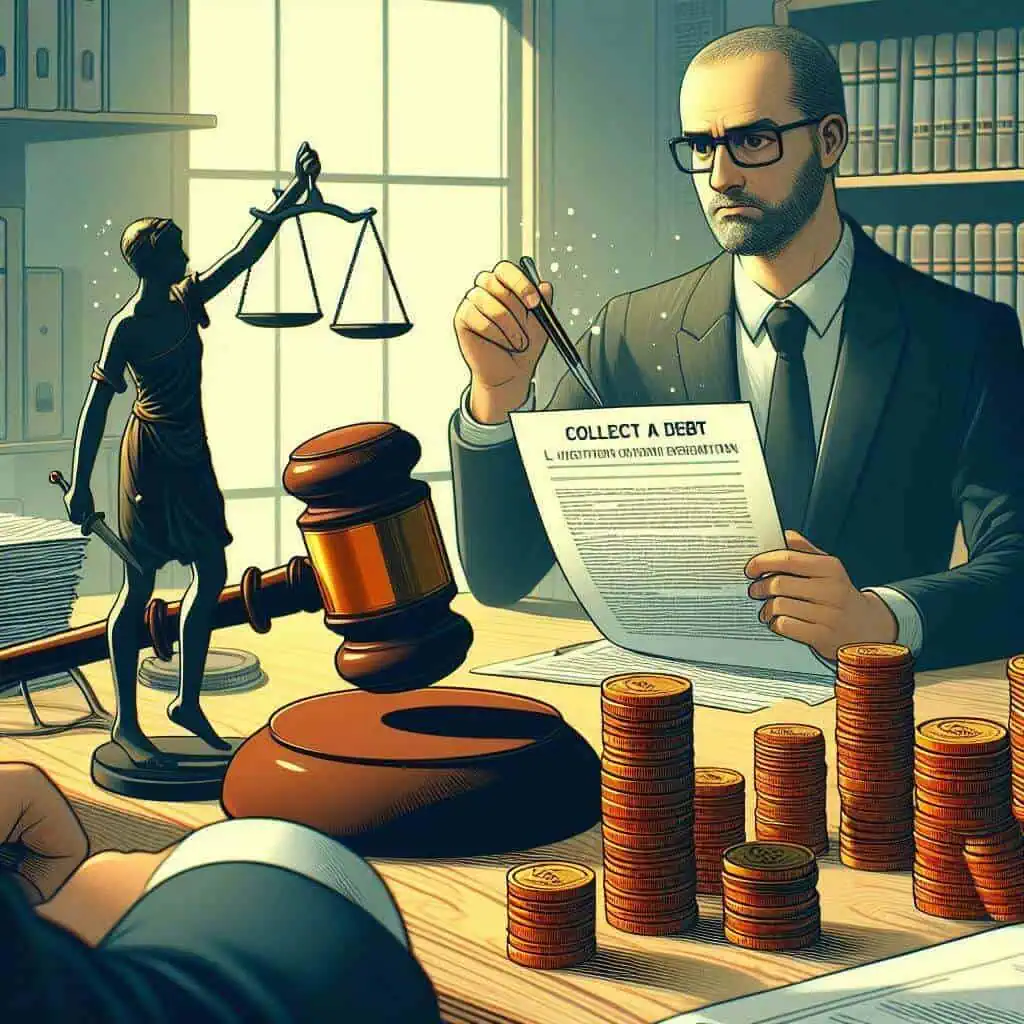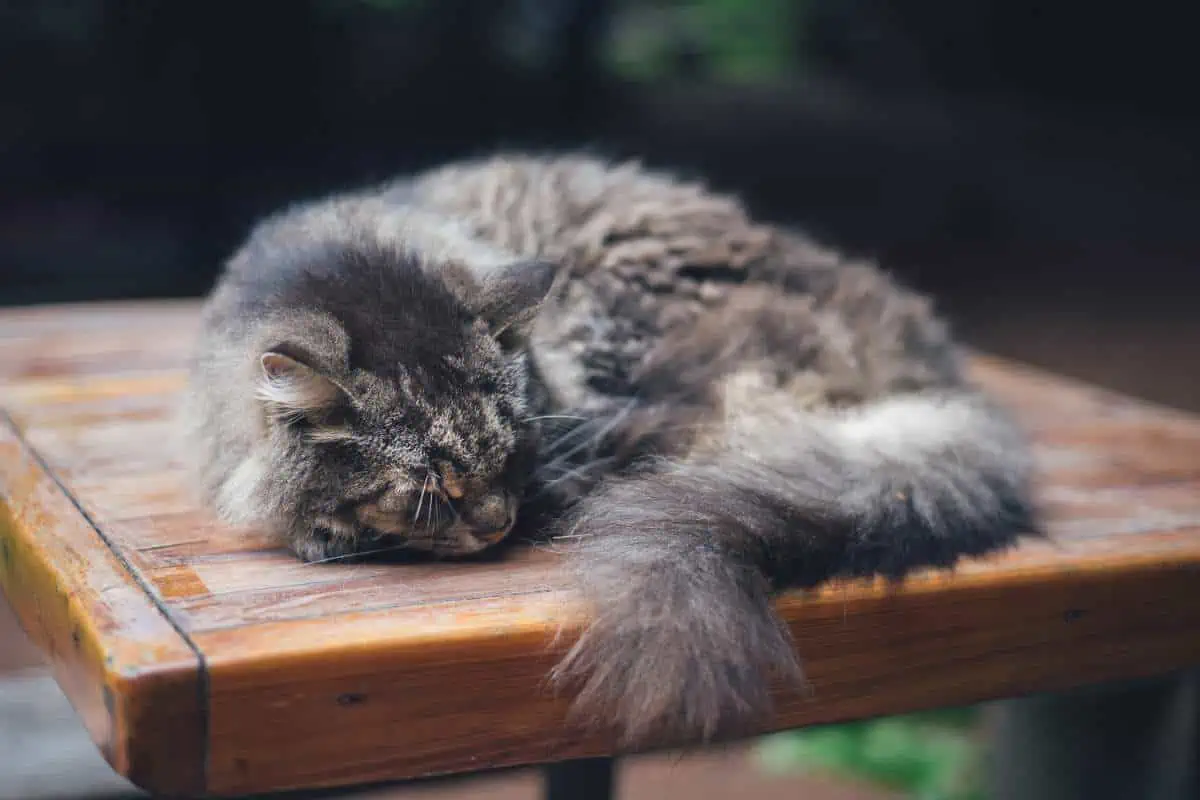Creation of a Creditors Committee under the Financial Rehabilitation and Insolvency Act of 2010
A reading of Republic Act No. 10142 otherwise known as the “Financial Rehabilitation and Insolvency Act of 2010” (“FRIA”) will reveal that the creation of a Creditors’ Committee will place unsecured creditors in a more advantageous position vis-à-vis the secured creditors.
Section 42 of the FRIA provides for the creation of a Creditors’ Committee:
“Section 42. Creditors’ Committee – After the creditors’ meeting called pursuant to Section 63 hereof, the creditors belonging to a class may formally organize a committee among themselves. In addition, the creditors may, as a body, agree to form a creditors’ committee composed of a representative from each class of creditors, such as the following:
(a) Secured creditors
(b) Unsecured creditors
(c) Trade creditors and suppliers, and
(d) Employees of the debtors.
In the election of the creditors’ representatives, the rehabilitation receiver or his representative shall attend such meeting and extend the appropriate assistance as may be defined in the procedural rules.” [Emphasis and underscoring supplied.]
On the other hand, Section 43 of the FRIA defines the role of a Creditors’ Committee in relation to the rehabilitation proceedings, to wit:
“Section 43. Role of Creditors’ Committee. – The Creditors committee when constituted pursuant to Section 42 of this Act shall assist the rehabilitation receiver in communicating with the creditors and shall be the primary liaison between the rehabilitation receiver and the creditors. The creditors’ committee cannot exercise or waive any right or give any consent on behalf of any creditors unless specifically authorized in writing by such creditor. The creditors’ committee may be authorized by the court or by the rehabilitation receiver to perform such other tasks and functions as may be defined by the procedural rules in order to facilitate the rehabilitation process.” [Emphasis and underscoring supplied.]
From the context of the afore-quoted provision of Section 42 of the FRIA, it would seem that the formation of a Creditors Committee would place the unsecured creditors, including the trade creditors and suppliers and the employees of the debtors, in a better position to protect its interest.
The Power of Unsecured Creditors in a Creditors’ Committee
It should be noted that Section 42 of the FRIA provides that the Creditors’ Committee shall be represented by a representative from each class of creditors.
Under this set-up, both secured creditors and unsecured creditors (including trade creditors and suppliers and employees of the debtors) stand on equal footing. The secured creditors do not enjoy preference over the other class of creditors.
It may even be said that the unsecured creditors together with the trade creditors and suppliers and employees of the debtors are in a peculiarly advantageous position over the secured creditors. To be sure, these creditors, given that their claims are subordinate to the claims of secured creditors, would readily agree to pool their resources together to attain and achieve their goals.
More importantly, considering that they constitute the majority, they can prevent or frustrate any attempt on the part of the secured creditors to dictate the course of the rehabilitation process.
Role of the Creditors’ Committee in Rehabilitation Proceedings
As regards the role of the Creditors’ Committee, it has a significant and crucial role to play in the rehabilitation process.
According to Section 43 of the FRIA, the Creditors’ Committee “shall assist the rehabilitation receiver in communicating with the creditors and shall be the primary liaison between the rehabilitation receiver and the creditors.”
Therefore, in short, the Creditors’ Committee acts as “intermediary” between the rehabilitation receiver and the creditors. Under this procedural set-up, the respective concern of the creditors will have to be coursed through the Creditors’ Committee. The rehabilitation receiver does not deal directly with each of the creditors, thereby saving the time and resources of the rehabilitation receiver.
Moreover, the concern/s of the secured creditors will have to pass through the Creditors’ Committee. Hence, the unsecured creditors, being a member of the Creditors’ Committee, will be forewarned of the actions the secured creditors will undertake.
From the foregoing considerations, it seems clear that the creation of Creditors’ Committee will redound to the best interest of unsecured creditors. Moreover, it will facilitate the rehabilitation process.
Perforce, unsecured creditors should vote in favor of the creation of a Creditors’ Committee in rehabilitation proceedings under the FRIA.
About Nicolas and De Vega Law Offices
If you need assistance in registration with the Securities and Exchange Commission, or have issues in corporate law, commercial law, corporate or commercial litigation, or civil or other criminal law-related issues, we can help you. Nicolas and de Vega Law Offices is a full-service law firm in the Philippines. You may visit us at the 16th Flr., Suite 1607 AIC Burgundy Empire Tower, ADB Ave., Ortigas Center, 1605 Pasig City, Metro Manila, Philippines. You may also call us at +632 84706126, +632 84706130, +632 84016392 or e-mail us at [email protected]. Visit our website https://ndvlaw.com.








